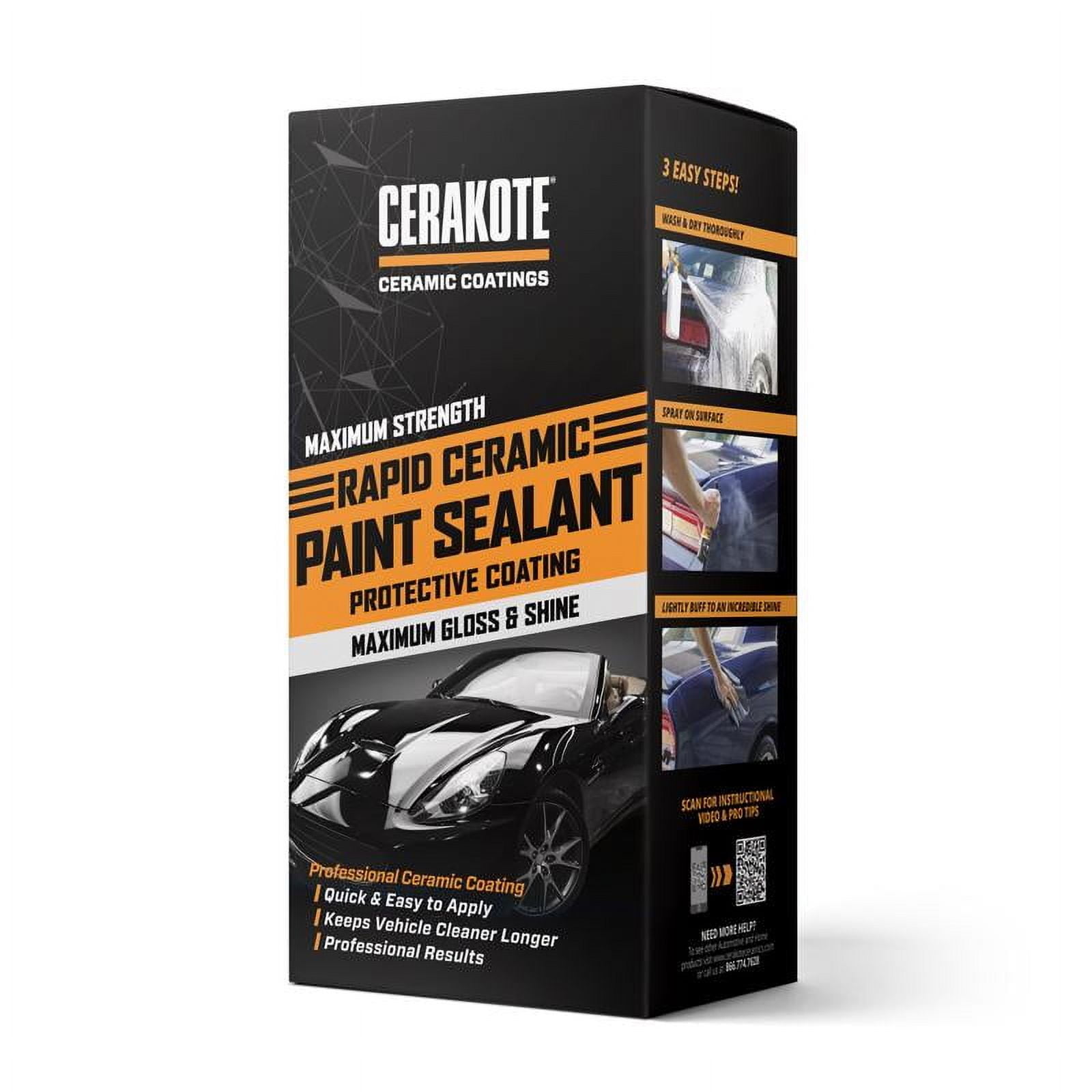Exactly How Ceramic Coating Philadelphia Maintains Your Car Looking New for several years
Why Ceramic Layer Is the Ultimate Option for a Perfect Complete
Ceramic coating has actually emerged as a leading service for those seeking a flawless finish for their cars, thanks to its amazing sturdiness and safety attributes. This advanced liquid polymer not only bonds flawlessly with factory paint yet also offers a formidable barrier versus common threats such as scrapes, UV rays, and environmental toxins. In addition, its hydrophobic properties streamline upkeep while boosting aesthetic allure. Nonetheless, comprehending exactly how this technology compares to traditional approaches and discovering its application subtleties can reveal much more regarding its value. What factors genuinely set ceramic finish apart?
What Is Ceramic Finish?

When used appropriately, ceramic layer develops a hydrophobic surface area that pushes back water and dirt, making it simpler to keep and clean up. Unlike traditional waxes or sealants, which typically provide temporary defense, ceramic finishings can last for numerous years, depending on the product high quality and application approach. The process of applying ceramic covering needs careful preparation, including extensive cleansing and occasionally repaint modification, to ensure optimal bonding and efficiency.
Ceramic coatings are not restricted to automobile surfaces; they can also be utilized on numerous products, consisting of glass, steel, and plastics, giving a flexible remedy for improving security. Generally, ceramic layer represents a substantial development in surface area protection innovation, incorporating both visual and practical benefits for a wide variety of applications.
Benefits of Ceramic Layer
While many surface area protection choices exist, the advantages of ceramic finishing stand apart due to its one-of-a-kind buildings and durable efficiency. Among the main advantages is its exceptional longevity. Ceramic Coating Philadelphia. Unlike standard wax or sealers that call for frequent reapplication, ceramic coverings provide a resistant layer that can last for numerous years, substantially decreasing upkeep efforts
One more significant benefit is enhanced security against ecological contaminants. Ceramic layers produce a hydrophobic surface area that fends off water, dirt, and numerous pollutants, making it simpler to cleanse. This feature not just protects the lorry's look but likewise minimizes the danger of rust and oxidation, specifically in rough climate condition.
Additionally, ceramic finishings supply exceptional resistance to UV rays, protecting against fading and deterioration of paint with time. This UV security is crucial for preserving the aesthetic worth of surfaces and automobiles revealed to direct sunlight.
Furthermore, the shiny surface attained with ceramic coating enhances the overall visual charm, providing surface areas a showroom-quality luster. In general, ceramic coatings represent a substantial advancement in surface security innovation, supplying long-lasting advantages that accommodate both practical and visual demands.
How It Functions
Recognizing the scientific research behind ceramic coatings exposes just how they offer such impressive defense and long life. At its core, a ceramic coating is a fluid polymer that chemically bonds with the lorry's factory paint.
The application process involves several steps, consisting of surface area preparation, which is critical to attaining ideal bond. Once used, the layer goes through a healing procedure, during which it hardens and forms a semi-permanent bond with the paint surface area. This bond is what distinguishes ceramic coatings from traditional waxes and sealers, offering a longer-lasting safety obstacle that can endure go for several years.
Moreover, the density of the layer can enhance its safety high qualities, making sure that it can withstand severe problems. Inevitably, the scientific research of ceramic finishes incorporates sophisticated products with cutting-edge application methods to deliver an unrivaled level of defense and visual enhancement for automobiles.
Comparison With Standard Approaches
The benefits of ceramic finishings come to be specifically noticeable when contrasted to traditional paint protection techniques such as waxes and sealers. While waxes use a short-term luster, normally lasting a few weeks to a couple of months, ceramic coatings supply a durable safety layer that can sustain for a number of years. This sturdiness substantially decreases the frequency of reapplication, making ceramic coverings a more cost-effective remedy gradually.
Additionally, typical approaches commonly require extensive prep work and several applications to accomplish a sufficient degree of protection. In comparison, ceramic finishings bond at a molecular degree with the vehicle's surface, developing a durable guard against environmental impurities like UV rays, acid rainfall, and road salts. This bond enhances the lorry's resistance to scrapes and swirl marks, which are prevalent with traditional waxes and sealers.
Furthermore, the hydrophobic buildings of ceramic finishings push back water and dirt, resulting in less complicated cleaning and upkeep. In comparison, wax and sealant-treated surfaces can bring in grime, demanding even more frequent cleaning - Ceramic Coating Philadelphia. In general, ceramic layers not only supply superior defense however additionally provide an extra aesthetically appealing and enduring finish, establishing them as the favored selection for critical lorry useful link proprietors
Application and Maintenance Tips

Utilizing a foam applicator, use the covering in tiny sections, complying with the producer's standards pertaining to density and overlap. Enable adequate treating time between coats, usually 24 hr, to ensure appropriate bonding. After application, it is critical to avoid exposure to water or extreme components for a minimum of a week to enable the finish to totally cure.
In addition, utilizing a ceramic maintenance spray can improve the finishing's hydrophobic residential properties and durability. Routine inspections for any type of signs of wear will help keep the finishing's stability and protect that excellent coating.
Verdict
In final thought, ceramic layer arises as a superior alternative for accomplishing a flawless vehicle finish. By creating a durable bond with factory paint, ceramic finishing efficiently shields versus scrapes, UV rays, and ecological contaminants.
